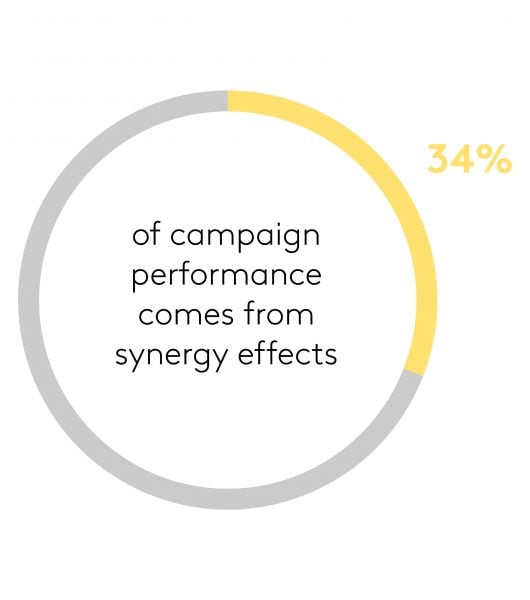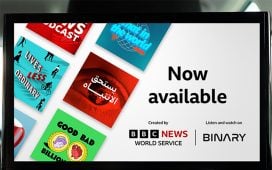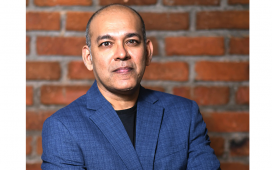 Brands are operating in an exciting media environment that’s more dynamic than ever before. To some extent, all marketers are feeling some form of pressure, confronted with the need to pivot faster and strive for greater efficiency and impact in their media and creative strategies, in an always-on, competitive landscape.
Brands are operating in an exciting media environment that’s more dynamic than ever before. To some extent, all marketers are feeling some form of pressure, confronted with the need to pivot faster and strive for greater efficiency and impact in their media and creative strategies, in an always-on, competitive landscape.
How does your adtech look for 2022? No matter what stage your planning is at, our final Online Briefing of the year has you covered. Join us on November 29 for Adtech Playbook – A Roadmap to Superior Performance. Find out more here.
The change in our media landscape has been significant with the exponential rise of digital touchpoints. Digital media consumption has been further fuelled by the pandemic. In MENA, digital media will account for $1.21 billion of advertising in 2021 onwards, with GroupM projecting this share of media spend to reach 45.6% by 2022. As consumers use more and more connected personal devices to organise, curate and discover media, so the opportunities to reach them through advertising explodes. It’s from this that the digital dilemma for brands arises: where should I spend? How can I ensure maximum engagement via digital? Should I spend all my money on digital? What about offline media, how much should I allocate? Which platforms are best suited to give the most effective media impact?
There’s no single recipe that provides the answers to all these questions. Digital has evolved from being a complementary platform to a mainstream channel, thus, the planning outlook needs to become more holistic, by understanding the role that each media plays and how can that be utilised effectively.
While there are no silver bullets, we can still learn a lot from analysing multimedia campaigns. Here are four ways to optimise your brand’s media effectiveness:
1 Define a goal: The fact that no single campaign structure achieves good performance on every metric implies that goal-specific campaigns are essential for optimal effectiveness.
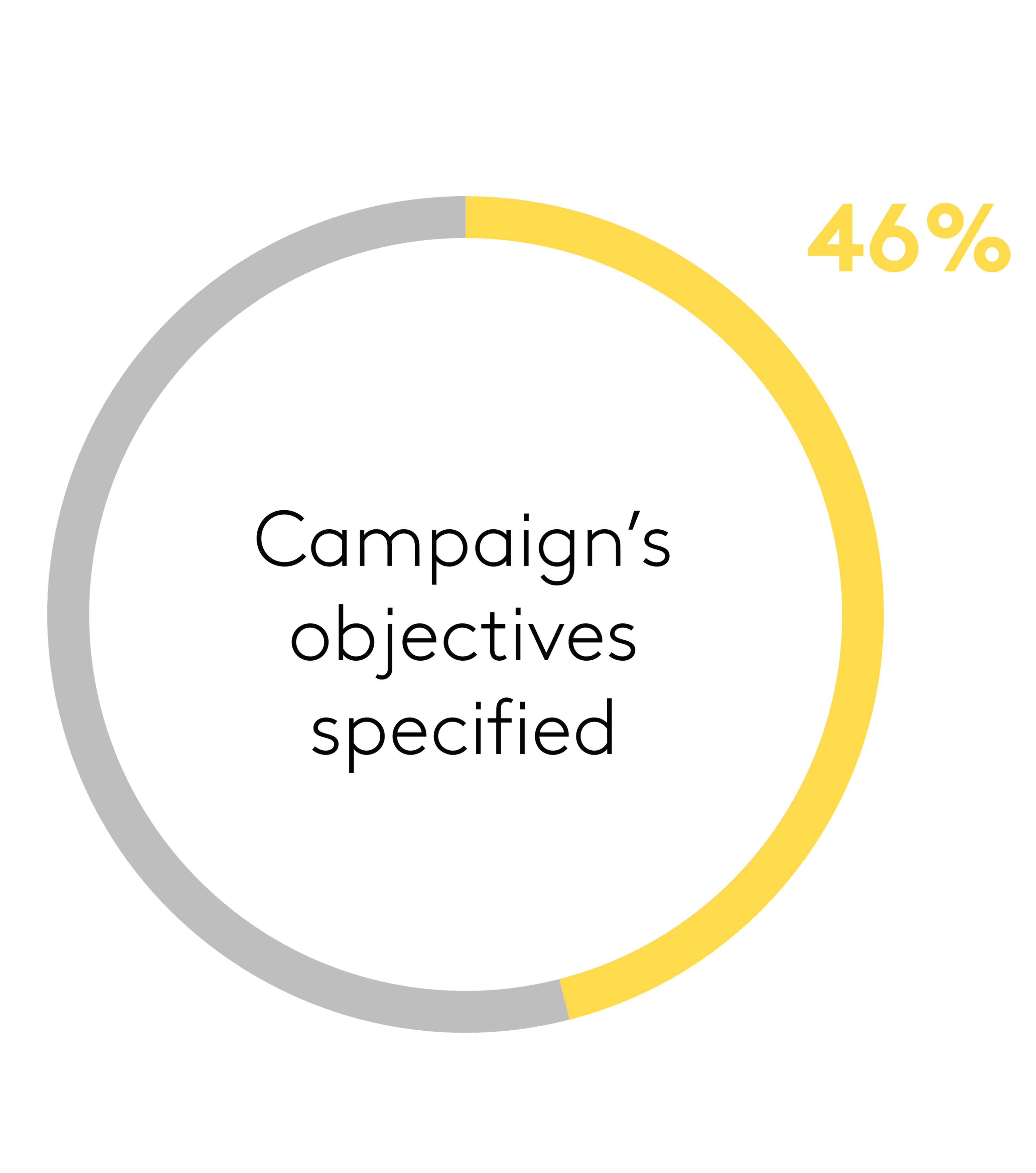
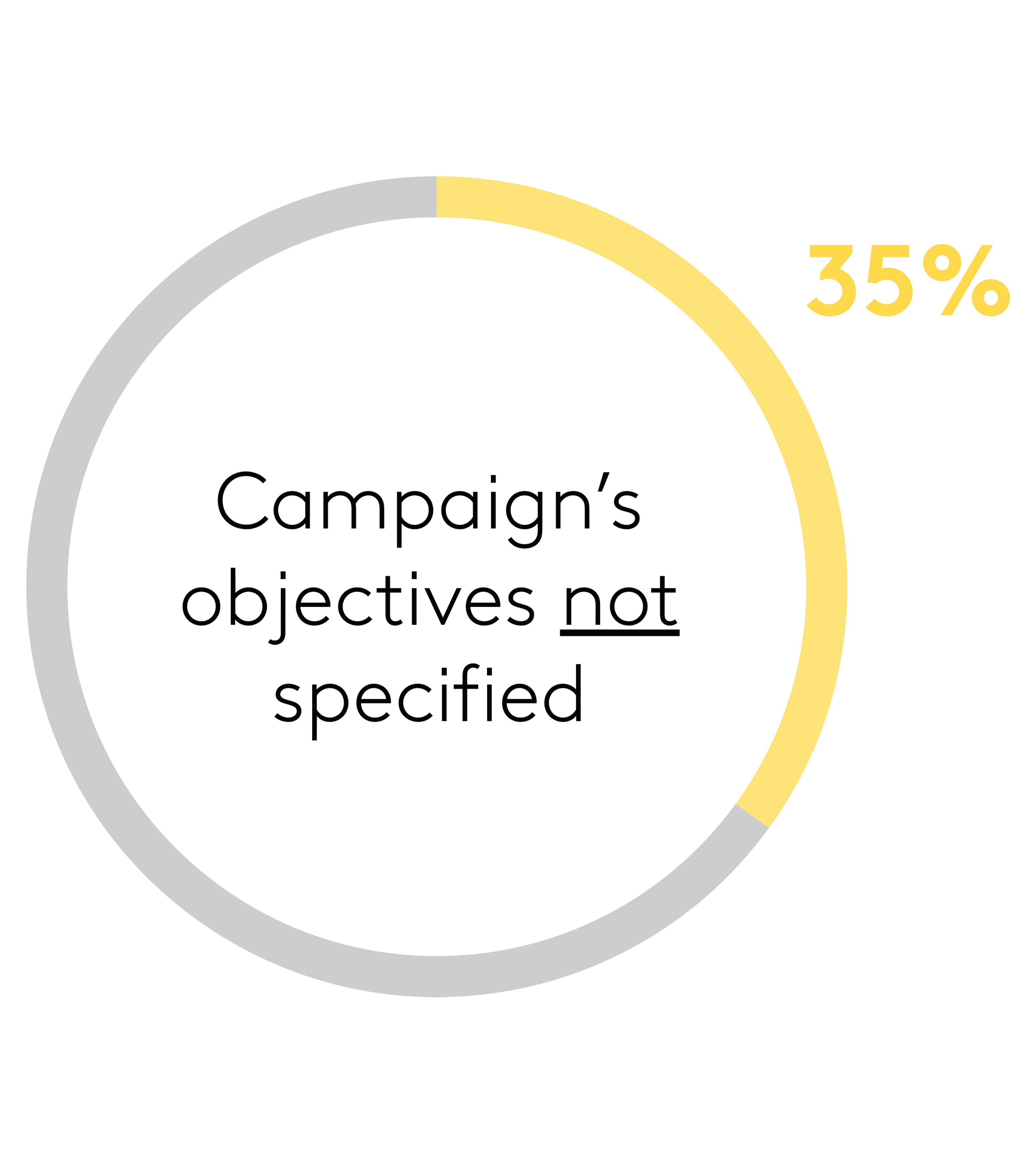
2 Don’t put all your
eggs in one media basket: while many campaigns prefer a strategy with a few media being dominant, the power of multimedia campaigns is evident. The Advertising Research Foundation’s study on ROI of over 5,000 campaigns for 1,000 brands across 41 markets revealed that for every dollar you spend, you get 35 cents more from truly multimedia campaigns than on campaigns relying primarily on one media channel.
It’s a good idea then to ensure that no media platform commands more than 50% of your overall spend. TV is more likely to be cost-effective at lower share levels, so brands should aim to balance the scale of impact (TV) with cost-effectiveness (digital) and use paid media to enhance and influence the most impactful non-paid touchpoints.
% of campaigns which are cost-effective by share of spend
3 Account for media synergies while planning: We define synergy as campaign effects attributed to exposure to ads in more than one channel, as multimedia resonance and magnification effects are real and worth planning for. Digital is the most effective TV complement. Globally, 34% of campaign performance comes from synergy effects, which has gone up over the years with the proliferation of channels. We also see differences by countries, with TV driving 40% of synergistic impact in MENA, vs a global average of 25%.
4 Consider consumer receptivity: Receptivity is when and where people are most open to your message. This is particularly important in the digital space where consumers expect to be in control of the content they see.
Advertisers face a real dilemma between increasing relevance and avoiding intrusiveness. Our Kantar Dimensions study found 54% of respondents find it intrusive to receive advertising based on past online activity, so be aware that excessive frequency and inaccurate targeting can turn consumers off and reflect negatively on your brand.
On the other hand, specific contexts and formats can make a significant difference in how likely people are to pay attention, how they interpret your message and how they respond to it.
It’s therefore essential to understand the context of what’s being discussed online and how it fits with your campaign objectives to avoid joining a conversation inappropriately and damaging your brand. Testing theories can help refine your strategy and ensure you’re getting the most from your media investment, whatever the media platform.
Navigate media decisions to drive brand growth. Understand the art and science of media success with a complete picture of campaign effectiveness across all channels and devices via Kantar’s media solutions.


